【Day1】Ise to Nachi “Kumano kodo” sacred shrines(D-5)⭐️⭐⭐️ ‘21.16th,Mar
This route(D-5) is in Area-D “Tokai". See Area-D map / See Japan map
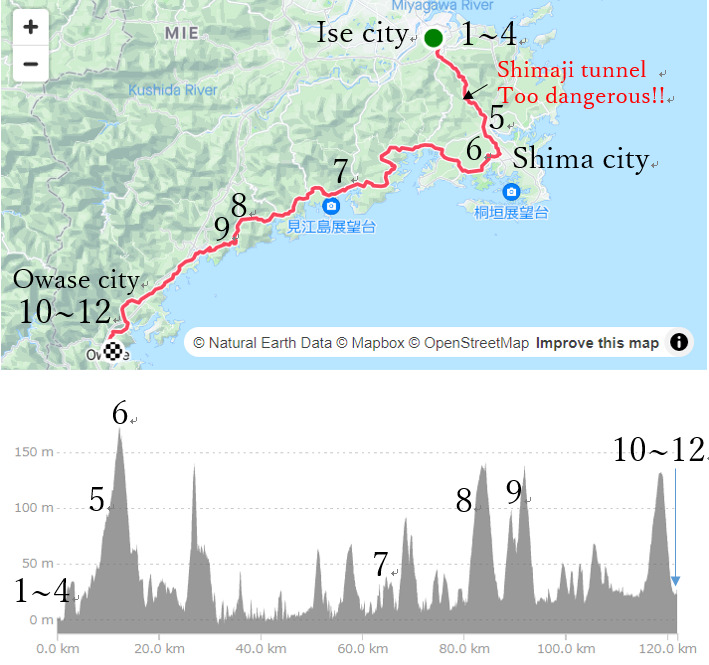
Sight & Entertainment ⭐⭐⭐⭐
Food and Drinks ⭐⭐⭐⭐
Easiness ⭐
Road Condition ⭐⭐⭐
Safety ⭐⭐
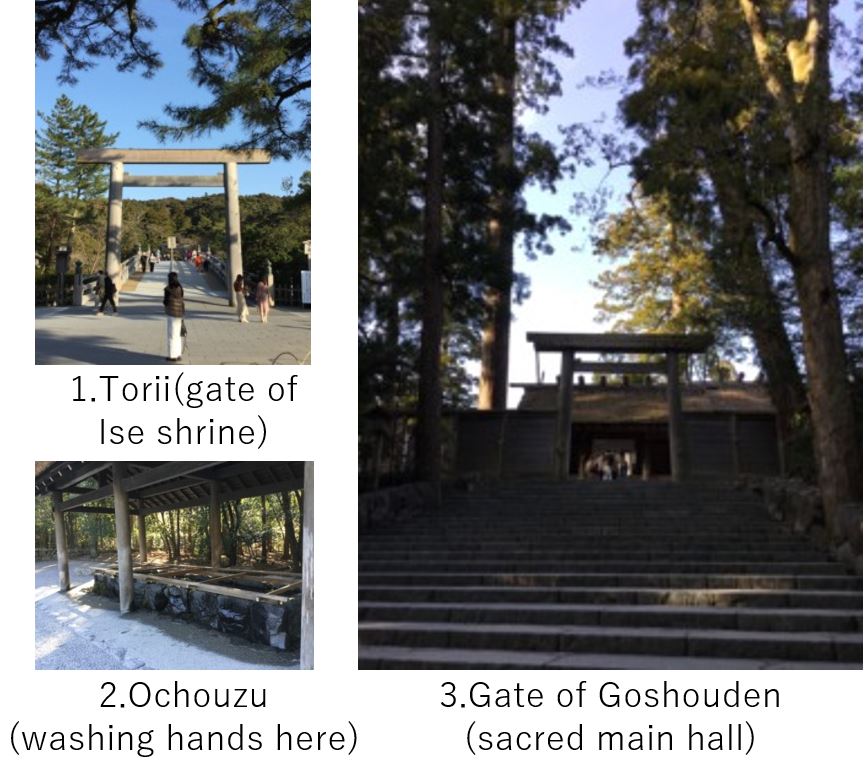

I had 5 days special holiday again by March, I went to the south Kii peninsula which has many sacred spot as Ise Jingu(shrine), Kumano Kodo, Nachi Taisha and falls. Honestly speaking, I visited Ise Jingu one day before my DAY1 since I reached Ise city around 3:00PM and had enough time to visit there.
Around 3-4km from Iseshi station, I could reach the busy approach to Ise Jingu(pic 4-1), where many famous loacl foods and Sake were sold. I bought ¥400 yen Matsuzaka Ushi croquette(pic.4-2) here. Since Matsuzaka Ushi is as famous and expensive as Kobe beef, a special taste croquette was enough for me.
After parking my bike, I entered the Torii(pic.1) into the sacred area. 5min walk led me to Ochouzu(pic.2), then went deep into the woods. Finally reaching the last Torii to the main sacred hall. Taking a picture inside the Torii is prohibited. But the hall was very humble which well describes the Japanese spirit.
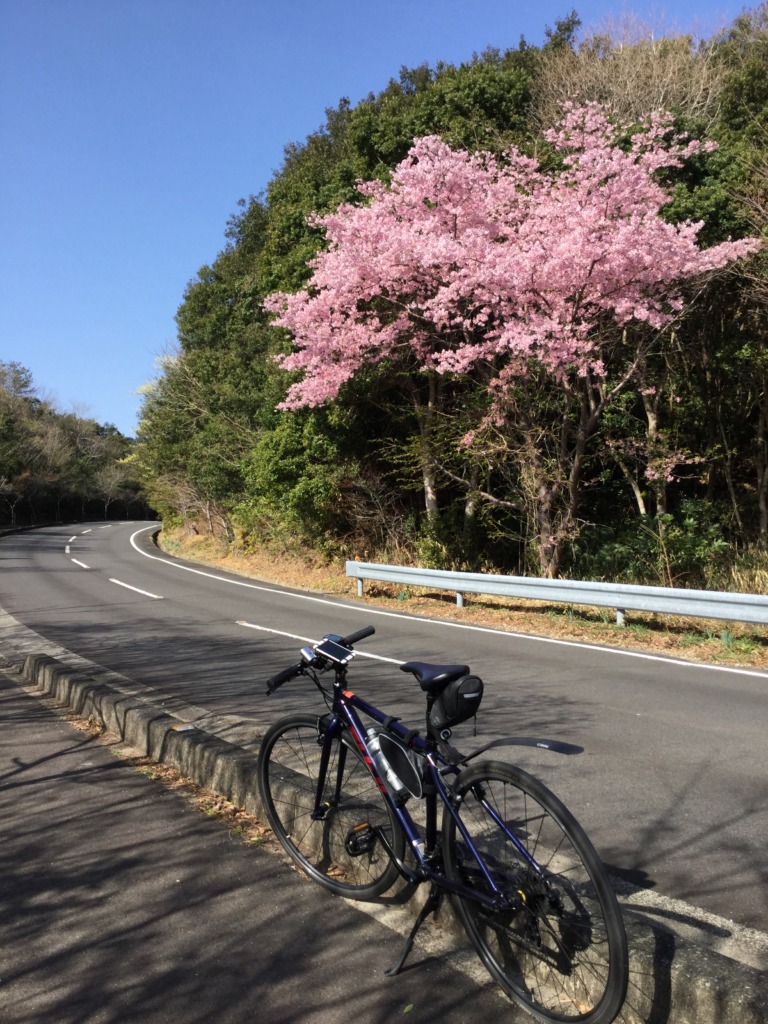
The next morning, I started toward Owase city via Shima city around 8:00AM. As you can see my up-down chart, I had to cross many passes and the total height gain was 1671m. One of my toughest journeys.
From Ise city to Ago Bay in Shima city, I had to cross the mountain and I took a straight way to save time, which was the wrong choice. Since many cars and trucks run and the road was not designed for bicycles, especially in Shimaji tunnel(marked in the map) I was about to be hit by a big truck. I entered many tunnels on that day but most of tunnels had a sidewalk and the traffic was not so busy, but only this road seemed dangerous. I recommend you to take a detour even it takes time.
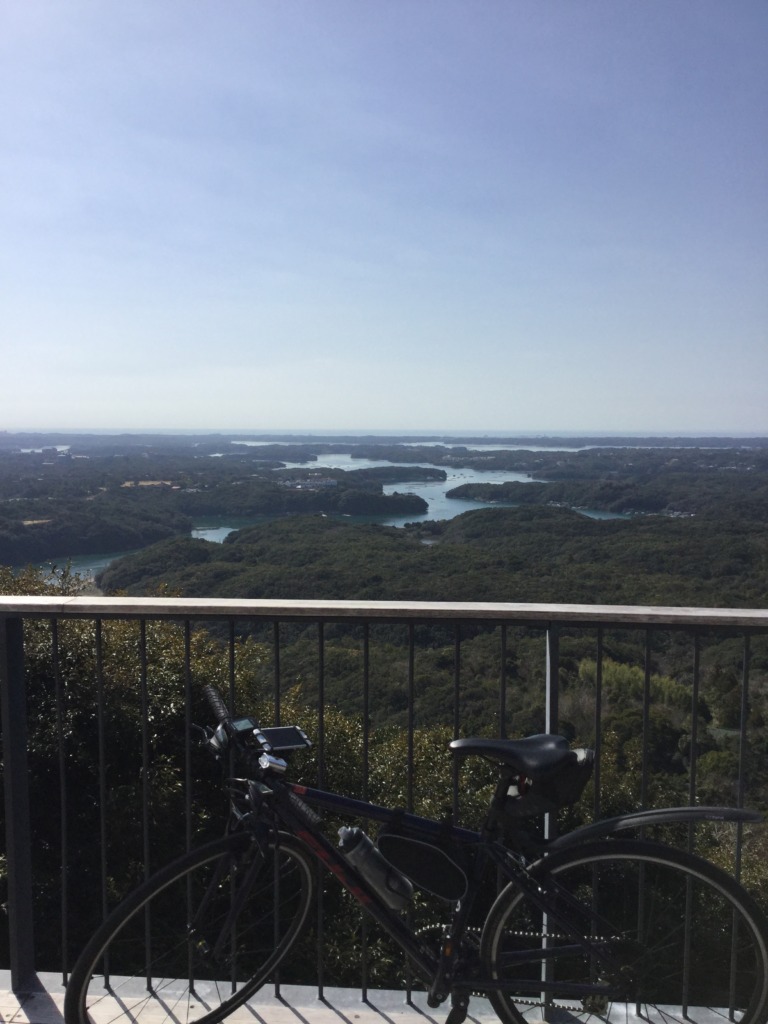
My first destination was Yokoyama observatory for Ago Bay(pic.6), known as the Rias coast. The final slope to the observatory was very steep. It’s better to park a bicycle before climbing to the observatory area. Anyway the wide view of the Rias coast is spectacular.

After the observatory, sometimes similar Rias coast can be seen on your left side(pic.9) but up and down continues endlessly. I was already tired when I took lunch around noon at “Sendo"(pic.7) who served voluminous lunch below ¥1000-. Then again I repeated up and down on Route 260(pic.8). It was around 3:30PM when I reached my hotel in Owase city. My legs felt like lead..

I wanted to enjoy fresh Sashimi(raw fish) and local Japanese Sake, so I found a nice restaurant “Mameda" located in the center of Owase city(pic.10,11). The fishes were very fresh since they were landed in the morning at Owase fishing port. And Mie has many famous Sake like Zaku, Jikon, but I enjoyed minor local ones (The bottle shown in pic.10 is “Yaya") whose tastes were a little sweet. BTW, this area is famous for Ise shrimp(spiny lobster). Pls try one if you afford to pay.
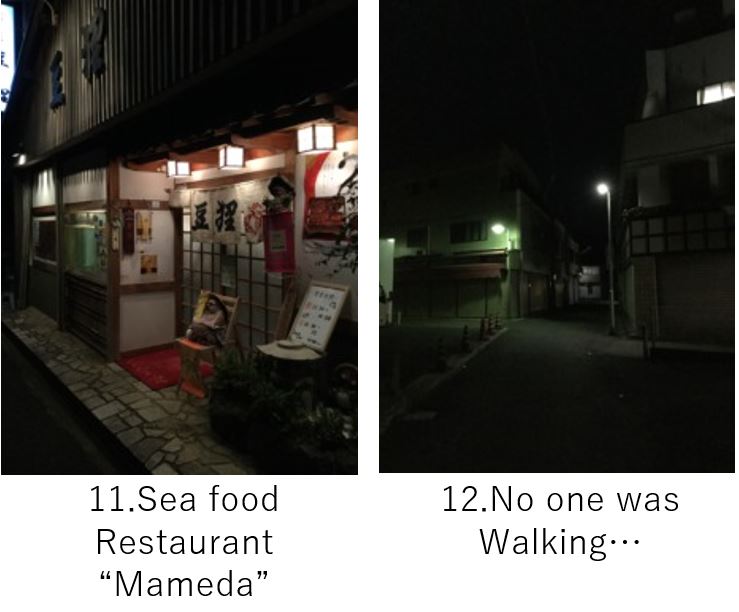
The master told me that the city was vibrant in 30 years ago and the main street from station to port had full of people untill midnight at that time. But now nobody was walking on the street and of course, every shop was closed at 9:00PM(pic.12). This is the reality of local Japan.
<Transportation info>
From Tokyo to Ise-shi station: JR Tokai Shinkansen Tokyo→Nagoya 1.5hrs, 10min walk to Kintetsu Nagoya station, From Kintetsu Nagoya to Ise-shi 1hr50min by rapid train TTL ¥12,030-
<Other recommended spots near my route>
Pls refer to Shima city guidebook
<Connection routes>
D-5(Day2): Owase city to Kumano Hongu
D-10: Ise to Nagoya
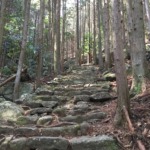
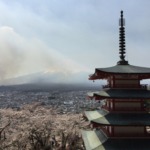
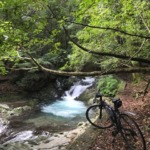
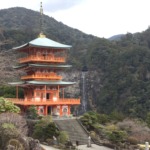
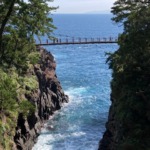


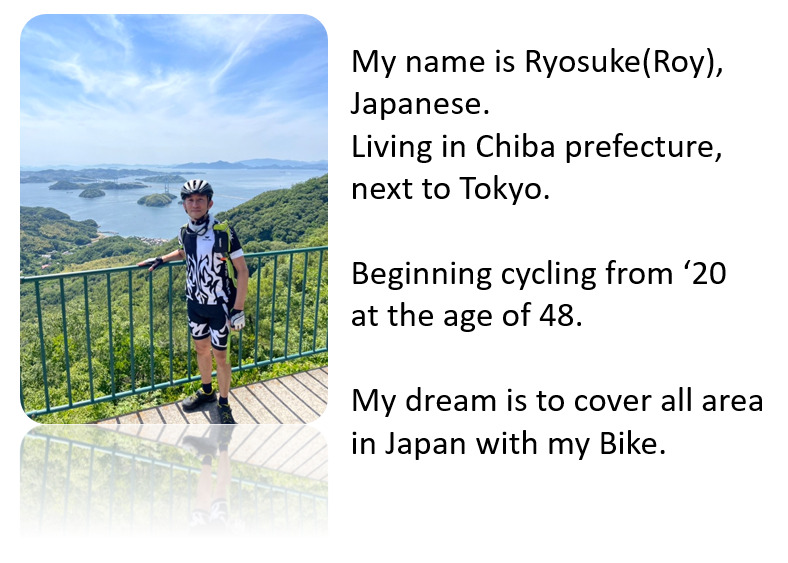
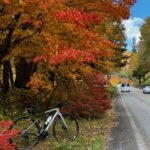
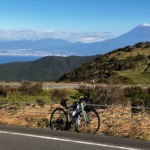
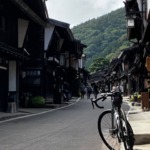

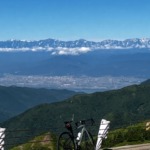




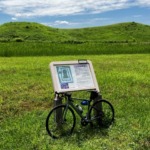
ディスカッション
コメント一覧
まだ、コメントがありません